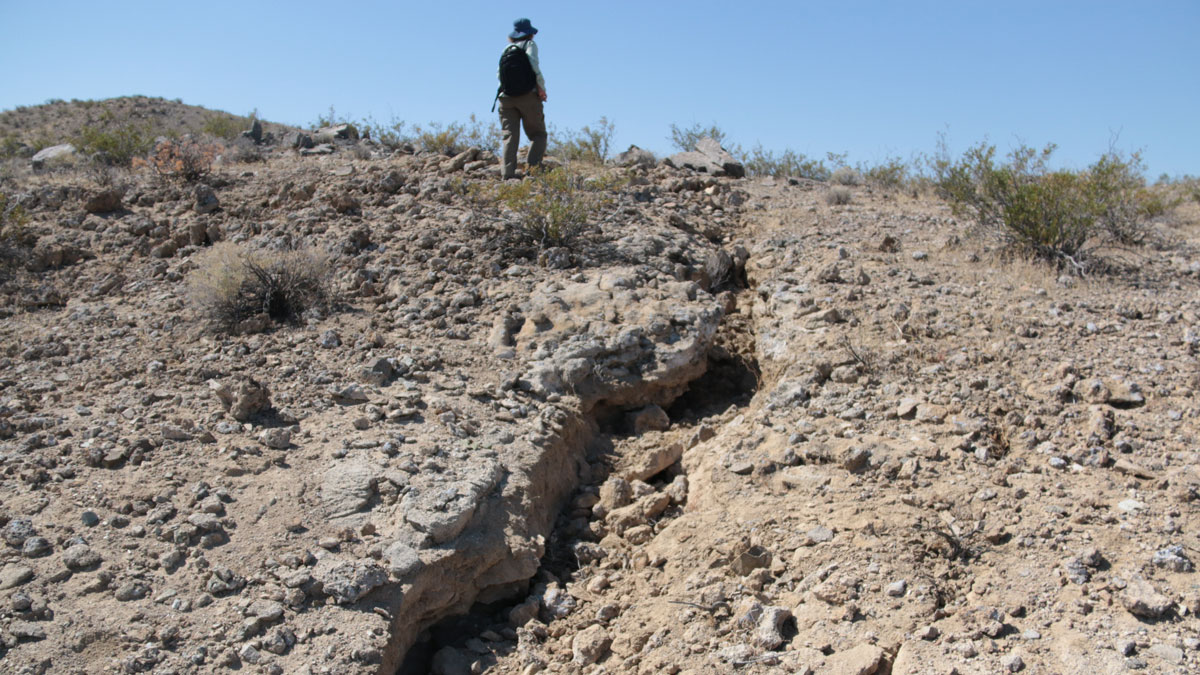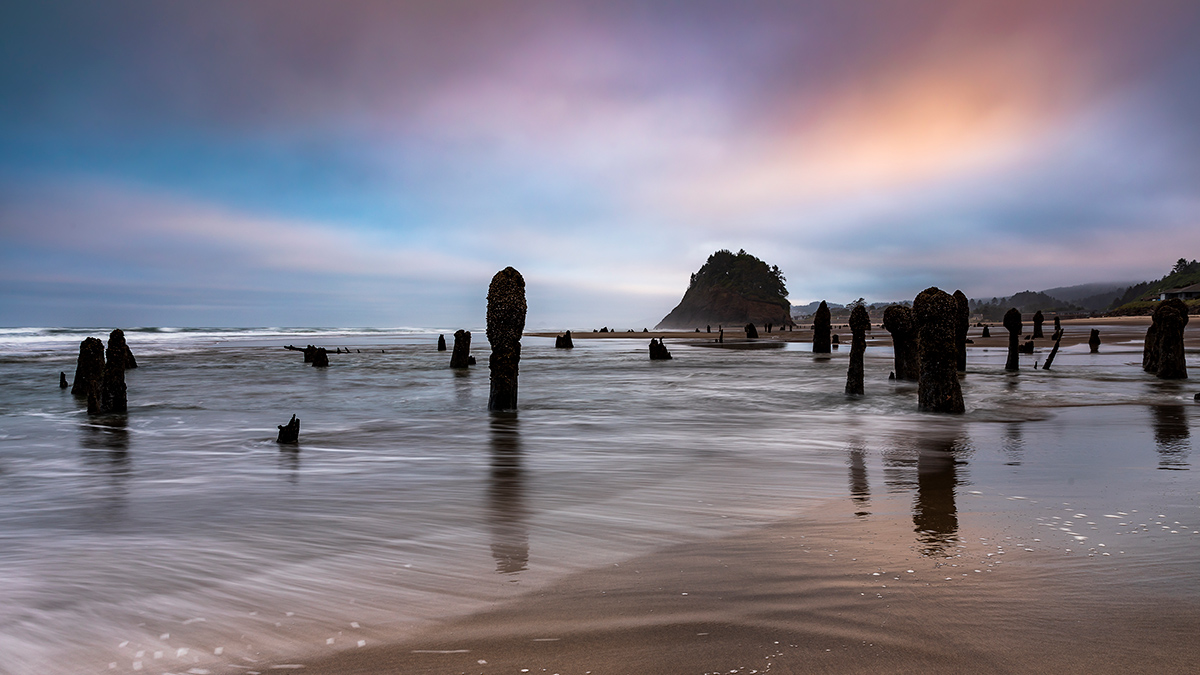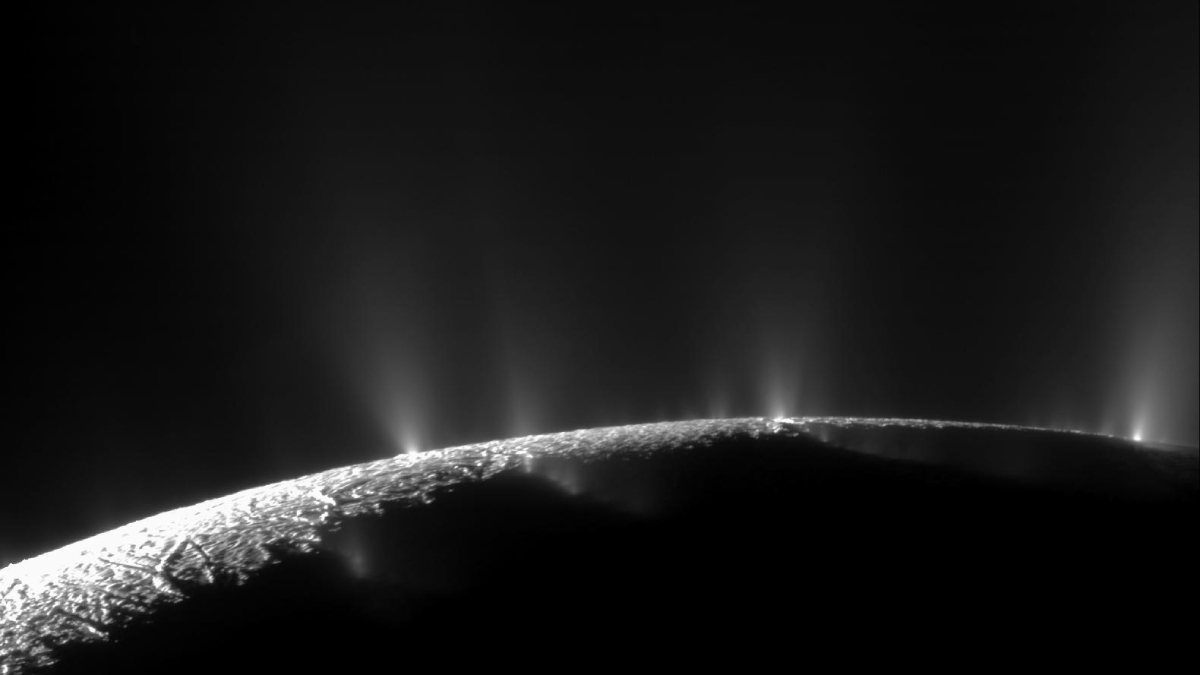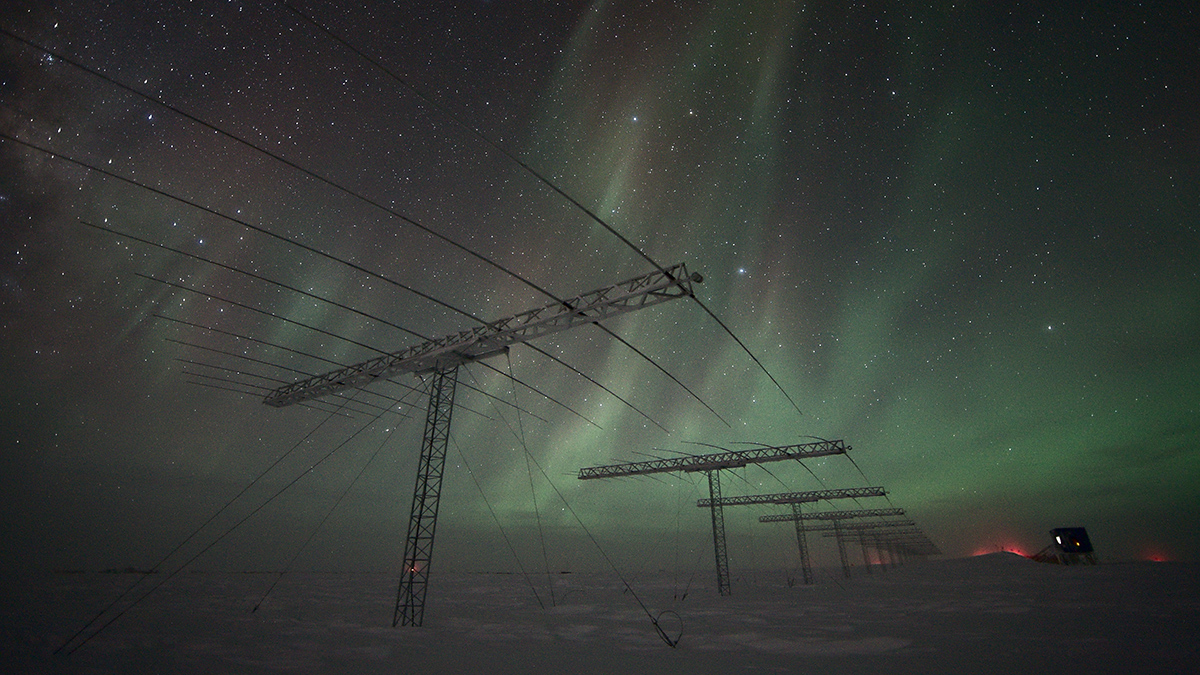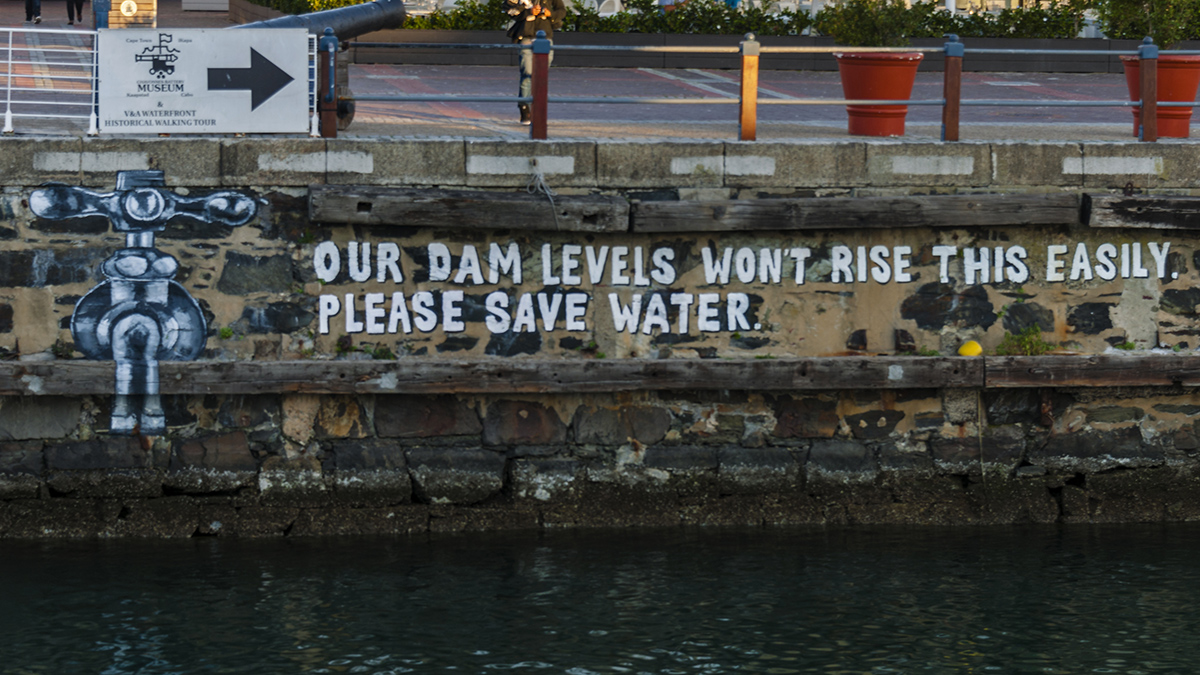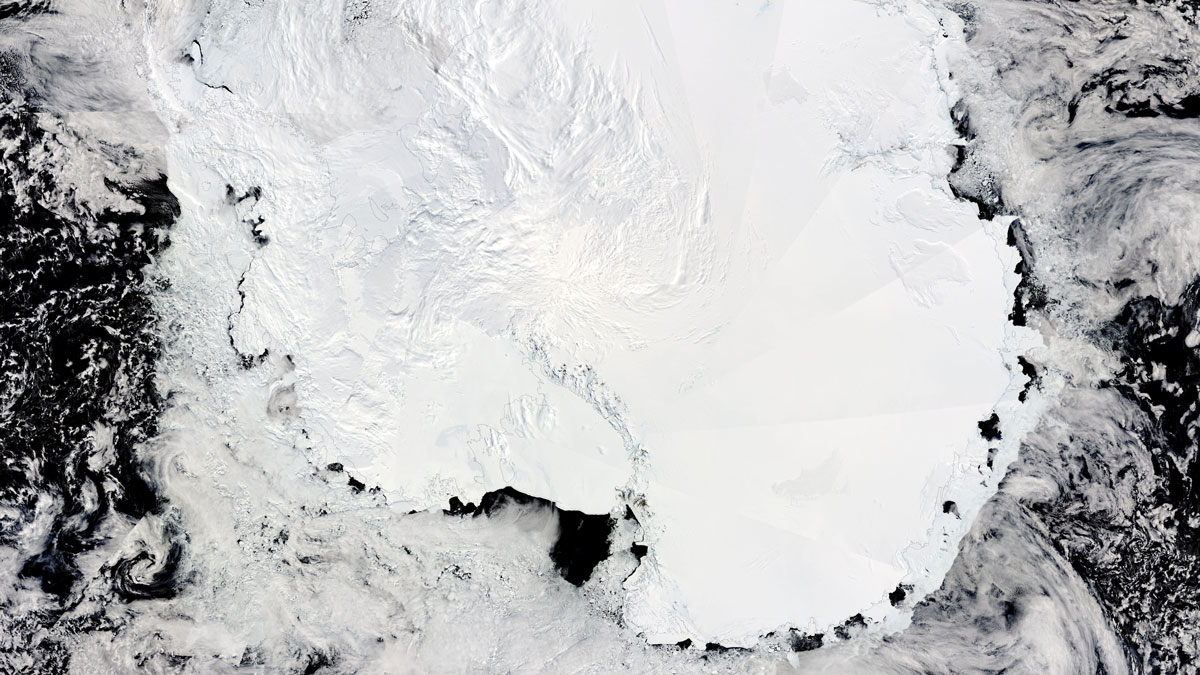The shallow crust has recovered since California’s 2019 quake, but damage persists at depths greater than 10 kilometers.
News
When Cascadia Gives Way, the San Andreas Sometimes Follows
Roughly half of the earthquakes that occurred along the southern Cascadia subduction zone over the past 3,000 years were temporally associated with earthquakes along the northern San Andreas fault.
Speedy Flyby Adds New Organics to Enceladus’s “Primordial Soup”
A new analysis of old Cassini data has also verified past detections of complex organics in Saturn’s E ring, strengthening the chemical ties between the ring and its progenitor.
A Weak Spot in Earth’s Magnetic Field Is Going from Bad to Worse
This could be bad news for satellites and spacefarers.
Safety Device Supplies Life-Saving Air in an Avalanche
An Alpine medical team buried 24 volunteers in a mountain pass. Their study confirmed the efficacy of the Safeback SBX, which uses snow’s natural porosity to supply air to buried avalanche victims.
What Tumbling Asteroids Tell Us About Their Innards
Data from the Gaia space observatory reveal that many slowly spinning asteroids rotate chaotically. A new theory links that chaos to their inner structure and history.
As CO2 Levels Rise, Old Amazon Trees Are Getting Bigger
New data show resilience among the rainforest’s giants, though scientists warn that nutrient limits and rising heat could end the trend.
Are “Day Zero Droughts” Closer Than We Think? Here’s What We Know
A new study warns that day zero droughts—when reservoirs fail to supply taps—could become common within this decade.
Satellite Data Reveal Changing Lakes Under Antarctic Ice
Radar altimetry observations have pinpointed 85 active subglacial lakes, shedding light on how water moves beneath the Antarctic Ice Sheet.
Fire, Not Deforestation, Is Now the Amazon’s Biggest Carbon Emitter
Forest degradation in the Amazon increased by 400% in 2024. It was largely driven by wildfires during the forest’s worst fire season in more than 20 years.

